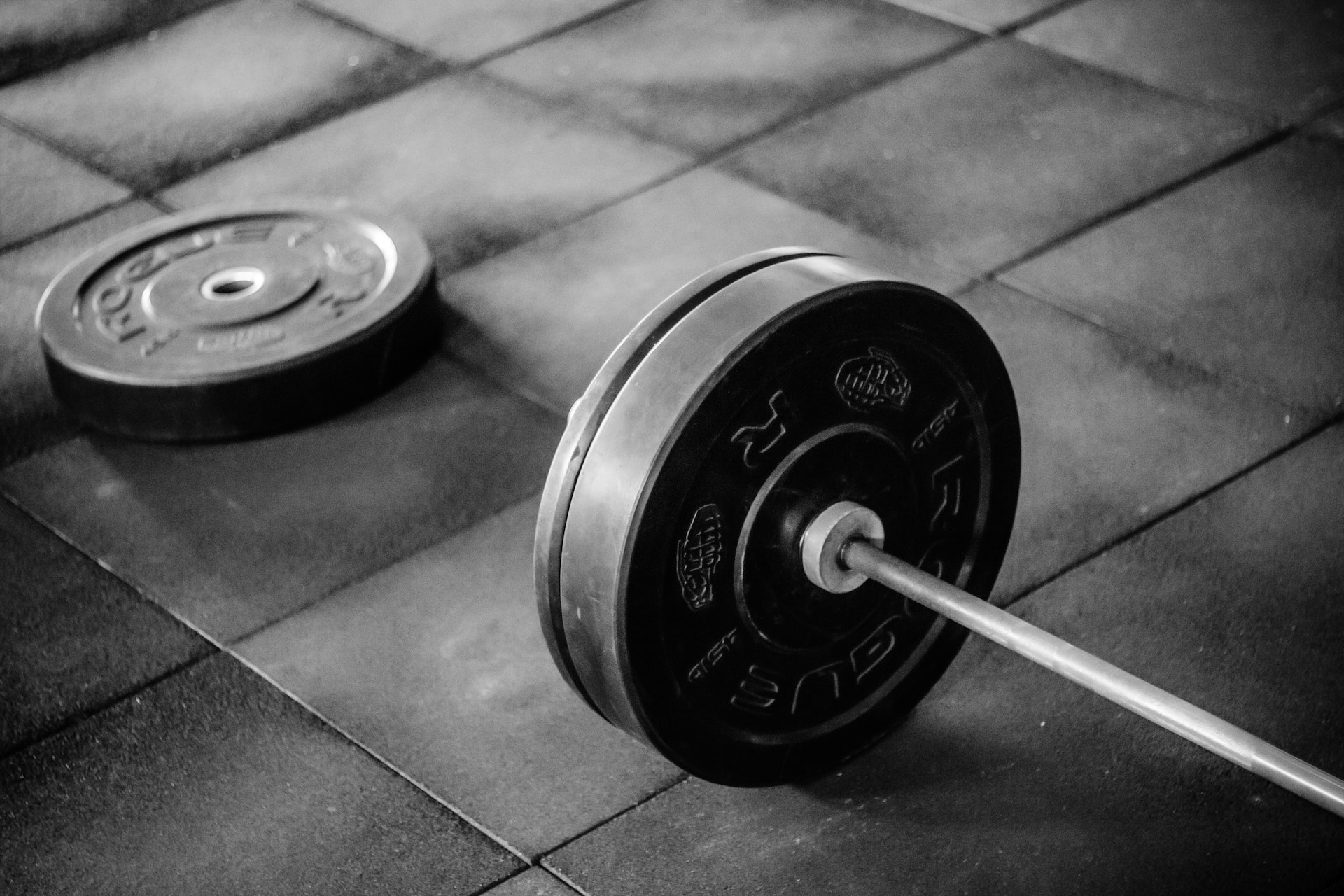I’m not a huge fan of the term “strength training,” and I’m not sure why we have to differentiate it from other forms of exercise. What I mean is that I think everyone should be doing some form of weightlifting, whether they’re a teenager or an OAP (especially if your an OAP). This is why it is so important to get your kids started in weight lifting from an early age
That’s because weight lifting builds muscle, which helps protect bones against osteoporosis and injury as you get older. It also improves posture and balance. And who doesn’t want that? But if there’s one age group that could benefit most from strength training—whether for health reasons or for athletes trying to improve their performance—it’s children under 18 years old (and even younger). Here are some tips on how to introduce kids into weightlifting:
Make sure they’re ready.
Before you get your kids started in weight lifting, it’s important to make sure they’re ready.
- Check with their doctor. Make sure they are in good health and have no medical conditions that would prevent them from participating in this type of activity.
- Have them perform some basic exercises on their own to see how comfortable they are with their posture and movement patterns. If there’s anything that looks odd or uncomfortable, have them consult a trainer or physical therapist before proceeding further (this can be done at most gyms).
To get kids started in weight lifting begin with some basic exercises.
Start with some basic exercises. Basic exercises are the foundation of any weight lifting routine, so you should focus on learning the proper form before moving on to more complex moves. Examples of basic movements include squats and lunges–you can start with a simple bodyweight squat or lunge (with no weights) and progress from there as your strength improves.
Basic exercises don’t require specialised equipment or tools; all you need is yourself! If you want to use free weights for your home gym, consider purchasing adjustable dumbbells that allow you to change the weight easily between sets so that each set feels challenging but not impossible.
Make it a family affair.
You can also make it a family affair. Your kids will be more likely to stick with their new routine and be accountable if they know that their parents are invested in their success. Your encouragement, support, and healthy choices will go a long way toward making this a fun and rewarding experience for everyone involved!
Set progress goals for weight lifting for kids and celebrate them.
Tell your kids that you’re setting progress goals for weight lifting for kids and celebrate them when they reach them. You can do this in the form of a sticker chart or even just by giving them a high five (or ten!) each time they hit their goal—it doesn’t have to be anything elaborate or expensive.
Work on posture and form, too.
You can also work on your kids’ posture and form. In general, it’s important for kids to have good posture when they lift weights–and not just because it looks cool. When you’re lifting weights, your body is under stress and that puts a lot of strain on muscles, bones and joints. If the muscles aren’t supporting the bone structure properly then it could lead to injuries down the road (like tendinitis).
To correct bad posture: Have them stand up straight with eyes looking forward at all times while performing exercises in front of a mirror so they can see how they look while doing them. Try having them hold this position while doing other moves like squats or lunges until it feels natural for him/her before progressing onto heavier movements such as deadlifts or bench presses where keeping good form will be harder for beginners
Getting your kids started in weight lifting should be fun if you follow these tips.
- Make sure they’re ready. If your child has tried out other sports and activities, such as soccer or dance, they may already have experience with physical activity and know what it feels like to push themselves. If not, then try some basic exercises first to see how they respond before diving into weight lifting.
- Start with some basic exercises. To get started on weights together as a family, start off with something simple like squats or lunges–the kind of movements that everyone does every day without thinking about them too much! Once everyone gets comfortable with those moves then move on to more difficult lifts like deadlifts or bench presses (but don’t worry too much about the names; just focus on doing whatever feels good!)
The most important thing to remember is that weightlifting is not just about building muscle or bulking up–it’s about staying healthy and strong!
Want to reach your fitness goals?
FitWorld provides a free to use online fitness journal. Record your cardio, strength and flexibility training and smash those fitness tragets!
Sign up now
